Articles
| Name | Author | |
|---|---|---|
| How I see IT – Improving systems adoption | Allan Bachan VP, Managing Director, MRO Operations, ICF. | View article |
| Case Study: Better technology supports better lease returns at Jazz Aviation | John Hensel, Manager Business Services Portfolio, Jazz Aviation | View article |
| Case Study: Coopesa goes from effective to efficient | Walter Ching, Director Operations / COO, Coopesa R.L. | View article |
Case Study: Coopesa goes from effective to efficient
Author: Walter Ching, Director Operations / COO, Coopesa R.L.
Subscribe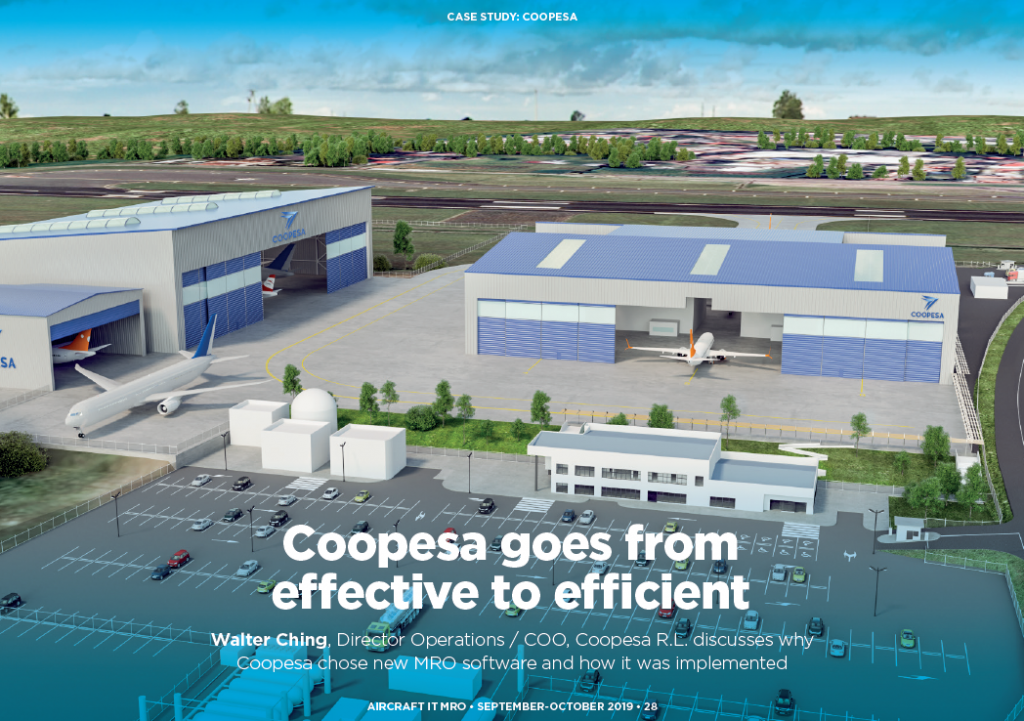
Walter Ching, Director Operations / COO, Coopesa R.L. discusses why Coopesa chose new MRO software and how it was implemented
I want to share with readers our experience of a process that started two years ago and I hope our story into the digital transformation at Coopesa will be useful for readers embarking on a similar journey.
ABOUT COOPESA
The company is located in Costa Rica, Central America, at Juan Santamaria International Airport (SJO). The workforce includes 800 people with current facilities that can accommodate up to seven narrow-body aircraft from the Boeing 737 family, Airbus A320 family and Embraer 190s. Also, Coopesa holds several civil aviation certificates as shown in figure 1, including FAA, EASA and DGAC of Costa Rica.
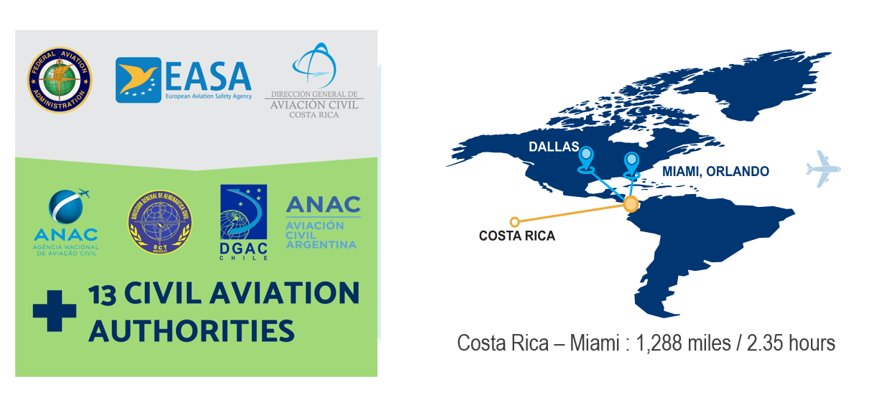
Having started in 1965, Coopesa has built up a wealth of experience and reputation in the Aviation Industry. The company provides four competitive advantages that benefit our customers:
- Location: As the country is in the middle of the Americas, flight times to the facilities (for instance, 2.5 hours from Miami) and time zone (-6UTC, Central time) are very convenient for supporting airlines’ operations. Some executives have to work outside of their regular workday hours to monitors HMVs (heavy maintenance visits) underway in Asia, for instance.
- Logistics and Free Zone: Coopesa operates in a duty free zone and, combined with an exclusive freight forwarding service in Miami and many flights a day operating into Costa Rica from different cities in the USA, the company’s logistic is very strong and fast which is a tremendous support for an aircraft heavy maintenance visit.
- People: Costa Rica doesn’t have an army and hasn’t had one since 1948. However, for more than 70 years the country has put that money into education, so Costa Rica has one of the highest education levels in the region. That means very good technicians and engineers are available from technical schools and this workforce feeds into places such as Coopesa’ s hangars. Our personnel turnover time average is 18 year.
- Cost and performance: The region allow operations with lower costs compared to North America and Asia, plus our TAT (turnaround time) and reliability shows a level of consistency at 98% in the last three years.
STRATEGIC REASONS FOR THE IMPLEMENTATION
The strategic reasons that lay behind the decision to go ahead with the digital transformation of the company, including the implementation of the Fleetcycle MRO solution from EmpowerMX, have three pillars as shown in figure 2:
- The relocation and expansion of the company: Within two years we will be relocating to a new facility and this provides the perfect environment for re-launching the company and re-thinking the whole customer experience design. It will also be good for promoting big changes that impact the business, the customers and our people. On the other hand, there is no doubt that business finances require efficiency boost as well and the company plans to double the current capacity.
- The new industry´s digital ecosystem: Coopesa needs to be part of the industry ecosystem digital transformation. For many years the aviation maintenance industry was reluctant about adopting technological solutions, we are now facing the complex dilemma of which solution best suits the business strategy. Every day, airlines and MROs announce the implementation of new technologies toward maximizing efficiency and going paperless. Additionally, and very important, our young mechanics, the millennial ones, are very willing to work in a sophisticated environment and are happy about envisioning a paperless world. All of this has combined to help Coopesa move forward into the paperless operations.
- Costs reduction and performance improvements: It’s also important to reduce costs. Across our sector, Airlines and MROs are always considering ways to reduce costs. Our KPIs (Key Performance Indicators) show that we have been effective, but we are not still at the cost level we need to be. Having said that, the market and the customers require us to maximize efficiencies to remain competitive and our stakeholders require us to increase profits.
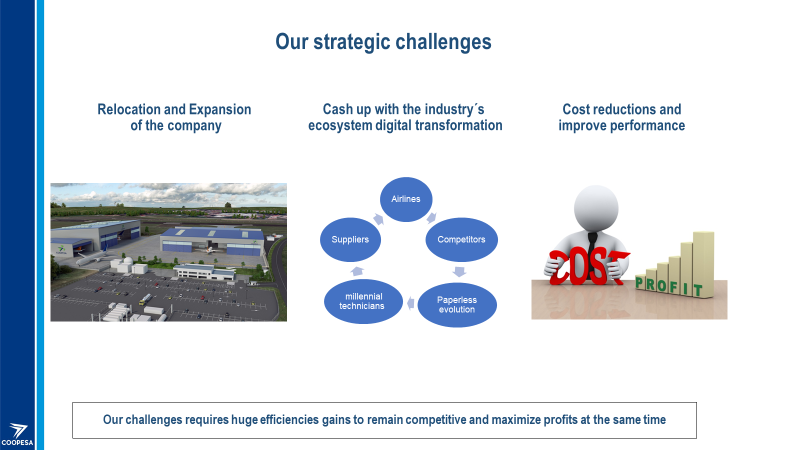
THE PATH OF THIS JOURNEY
We are technicians and engineers whose basic satisfaction is to see aircraft taking off from our facilities and operating safely and reliably; but, at the end, that only means we’re being effective. We needed to start thinking about also being efficient.
Our goals for implementing the FleetCycle MRO solution were:
- Move away from being production-driven and to become a planning-driven organization;
- Empower staff with key data, measure their performance and improve accountability;
- Set the path for going paperless;
- Increase business efficiency.
Coopesa believes that by empowering staff with key data and measuring performance, that will lead to improve accountability, which is fundamental for changing behaviors that drives efficiency.
Figure 3 shows the path of our journey. It illustrates the difficulty we faced when starting this implementation. Even though all the benefits were recognized, and it was understood that it would be worth the effort, the truth is such implementation uses a lot of resources and requires a lot of focus which, in turn, requires a lot of leadership.
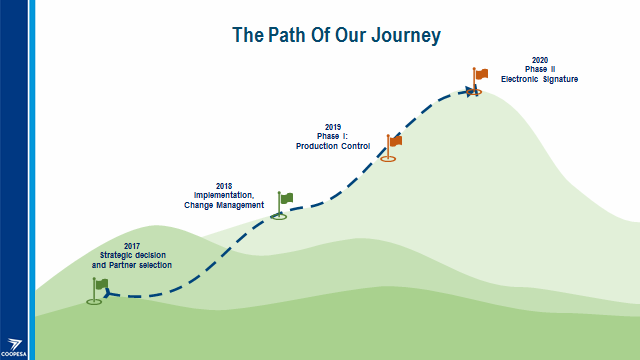
The decision was taken in 2017 to start the project: we’d already decided to go paperless and had selected a partner. In 2018, the implementation started, and we also started to manage the change. Implementing new software while phasing out our legacy systems, while also managing the regular workloads, have had the most impact of the various processes that we have had to manage. In 2019, the project went to phase 1 which is Production control. That will be followed in 2020 by phase 2 when we will be start with the electronic signature and electronic records part.
PROCUREMENT PROGRAM AND SELECTION CRITERIA
Having many MRO solutions in the market, the selection process was very critical as understanding all the individual benefits among too many options become a complex process. We went back to basics, established extensive benchmarks, talked with a lot of colleagues, visited a lot of facilities and read a lot of magazine articles. We also arranged comprehensive site demos of different systems and took into consideration all end users’ feedback. This new solution was going to affect a lot of people and the way they work, so, their feedback was important.
However, we were very clear on what we were looking for:
- We wanted a supplier with a proven track record of regulatory approval. In our region, Latin America, all regulators have yet to approve electronic signatures.
- The airframe MRO business is based on managing man-hours; so the selected software needed to be strong on controlling and managing man-hours.
- We needed a solution that was a specific fit for MRO business, not an airline retrofitted Maintenance & Engineering solution. The solution needed to understand the heavy maintenance processes.
- The business partner approach from the vendor was a very important consideration
THE FUNDAMENTAL EFFICIENCY PROBLEMS
After analyzing the causes that were impacting our efficiency, the following key points relating to the then current organization and processes needed to be addressed:
- Organization
- Many silos with high levels of dependency among them;
- Inability to assess the status of the entire base having multiple projects;
- Limited ability to make educated decisions;
- The lack of automation required intensive individual and team efforts to manage the business.
- Processes
- Pervasive use of paper – still typical of the aviation industry;
- Reliance on multiple, disparate and isolated data silos to manage the processes;
- Very limited capability to keep staff focused on execution in accordance with the project plan;
- No standardization for planning, execution, production control processes;
- Mechanics, Supervisors and Inspectors were forced to constantly move around the facility to get things done;
- Induced basic paperwork errors due to handwritten entries, legibility or missing signatures.
Even though we had all the problems outlined above, Coopesa have been delivering aircraft on time, which meant we have been effective, but we were not at the cost level the company need to be.
CHALLENGES THAT WERE FACED
Any implementation will have challenges, the most relevant were related to:
- Approvals from aviation regulatory agencies: There are more than thirteen aviation regulatory agencies which Coopesa must deal with in the region. Some have already approved electronic records and electronic signature. Having this reality, Coopesa had to take the initiative, and began conversations with regulatory agencies and airlines; all to support the change in the region.
- The transition between information systems: This was our first integration with any external systems. Adapting the labor laws to reflect the mandatory labor management into the new software was our first challenge.
- People: we really underestimated the required number of training sessions to ensure everybody would feel comfortable with the new solution; something we learned the hard way. There was also the task of reassigning responsibilities and positions with the best practices available with the new solution. And we could not ignore the human feelings of people whether they were fearful, skeptical, or optimistic and cheerful.
THE OLD ORDER
Figure 4 shows a few examples of how we used to get things done. Maintenance planning execution was an intensive manual process:
- The perfect project plan was on the wall, but…
- It was difficult to update and communicate;
- Task cards were not linked to the plan;
- It was difficult for the staff to track and report on progress;
- There was limited capability to foresee emerging risks to the TAT.
- The project paperwork was on the wall, but…
- There was reliance on multiple and disparate data silos to manage the processes;
- We had very limited capability to keep staff focused on execution in accordance with the agreed plan;
- There was no standardization for planning, execution, production control, reporting and monitoring processes.
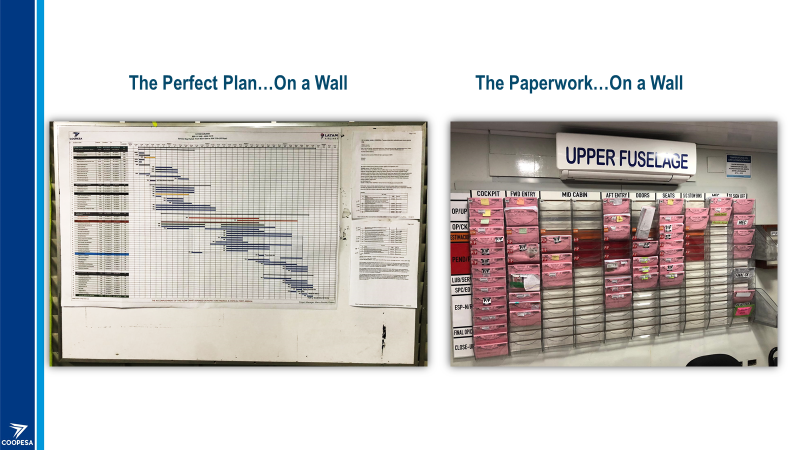
Figure 4
THE WAY THINGS ARE TODAY
Figure 5 shows a few examples of how we are doing things today. Digital Maintenance Planning Execution:
- The perfect project
plan on the Cloud:
- Easy to update and communicate
- Task cards linked to the plan
- Live project tracking and report the progress
- Proactive capability to foresee emerging risks to the TAT
- The project monitoring
on the Cloud:
- Live aircraft status tied to execution
- Can predict compliance with TAT and Budget
- Visibility of critical factors
- Progress controlled by project Milestones
- Standard processes throughout the facility
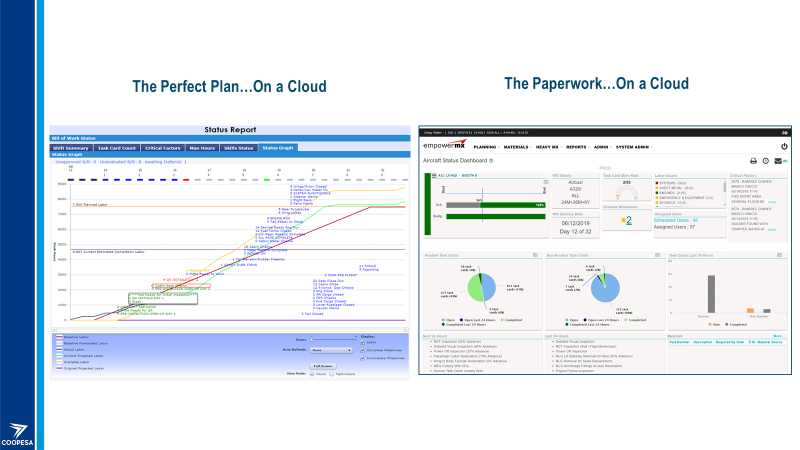
Figure 5
BUSINESS BENEFITS REALIZATION
Here are some of the verified processes improvements:
- Preplanning process, on similar work packages, reduced by 70%.
- Customer Approval of Non-Routine Manhours:
- Reduction of wasted time 94%;
- Reduction in NR approval cycle 77%.
- Non-Routine paperwork error reductions, 42%.
- No task card missing from sequence execution.
- Task card closing rate increased and tie to the project plan.
- Mobile capability for the Staff boosted their productivity.
SUMMARY
Along with the processes, policies and procedures revisions and the adjustment of our organizational structure, the implementation of FleetCycle from EmpowerMX has been the perfect complement, to define the path towards our digital transformation and building a planning driven and efficient organization.
Contributor’s Details
Walter Ching

Walter has been in the Aviation Industry for more than 25 years and is currently Director of Operations for Coopesa R.L., a commercial aircraft repair station located in Costa Rica. He is accountable for the heavy maintenance and flight line services as well as for the supply chain and leads the maintenance digital transformation for the company. Walter graduated with a bachelor’s degree in Electrical Engineering and holds an MBA.
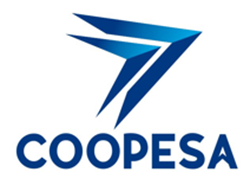
Coopesa is a provider of major maintenance inspections, modifications, upgrades, refurbishments and painting for A320 family, B737 Classic and NG, B757 and Embraer 190 fleets for America´s airlines and leasing companies. Founded in 1963, Coopesa has more than 650 workers across three hangars capable of holding up to seven narrow body lines. The essence of the organization is professional honesty and customer service; therefore, products and services are of excellent quality and reliability at competitive prices.
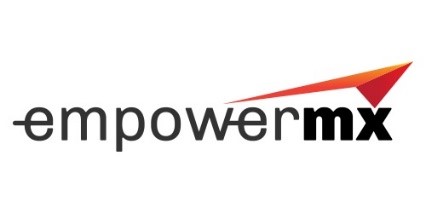
EmpowerMX is uniquely focused on the aircraft maintenance industry and is managed by aviation maintenance experts. The FleetCycle® Software Suite has been designed to assist Airlines, MROs, OEMs, and the defense industry in the management of their assets through its four solutions. Each solution is built on a modular basis and each of the modules can operate on its own or with other third-party software.
Comments (0)
There are currently no comments about this article.

To post a comment, please login or subscribe.